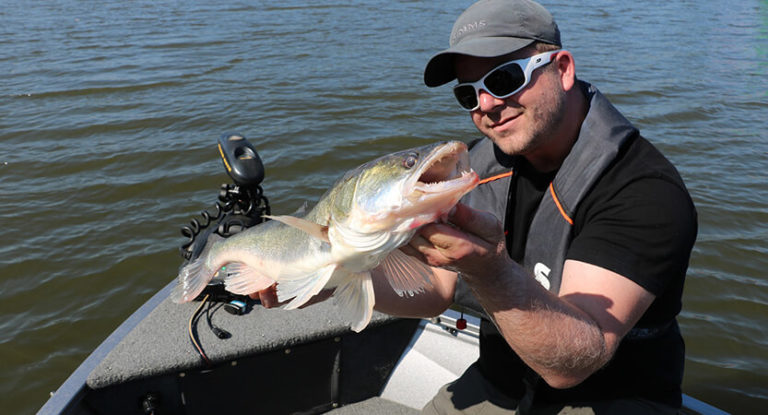Crucian carp is the most ubiquitous and all-pervading inhabitant of our reservoirs. It would seem that they just dug a pond, several years have passed, and it is already right there, and no one specially stocked the pond with fish. Therefore, fishing for crucian carp with all kinds of tackle (mainly float rods) has become a national hobby. It does not require large material investments, complex equipment and grandiose patience, such as catching carp , therefore it can be recommended as a first step for beginners just entering the huge world of fishing.
It would seem, what could be difficult in catching this ubiquitous and voracious fish? Country boys successfully cope with this task with the help of homemade rods with primitive equipment. Yes, it is not so difficult to catch a small crucian carp, it is enough to come across a suitable reservoir and more or less guess the weather. However, large trophies that have managed to outlive their fellows in a competitive environment are not so reckless: some effort and basic knowledge are required to catch them. This will be the topic of our conversation today.
Here is an overview of the content of this tutorial, feel free to jump to any section you care about:
For more fishing instructions, take a look at these popular Trizily links: Best Fishing Lines, Best Spinning Reels.
Appearance and habits
Crucian carp is a very common fish from the carp family. It has a round, plump carcass, a small head, and strong fins. If you have already caught a crucian carp, you probably noticed that sometimes you come across fish with silvery scales, sometimes with golden ones. In fact, they are the same species, although the silver carp usually has a more elongated body and does not grow particularly large.
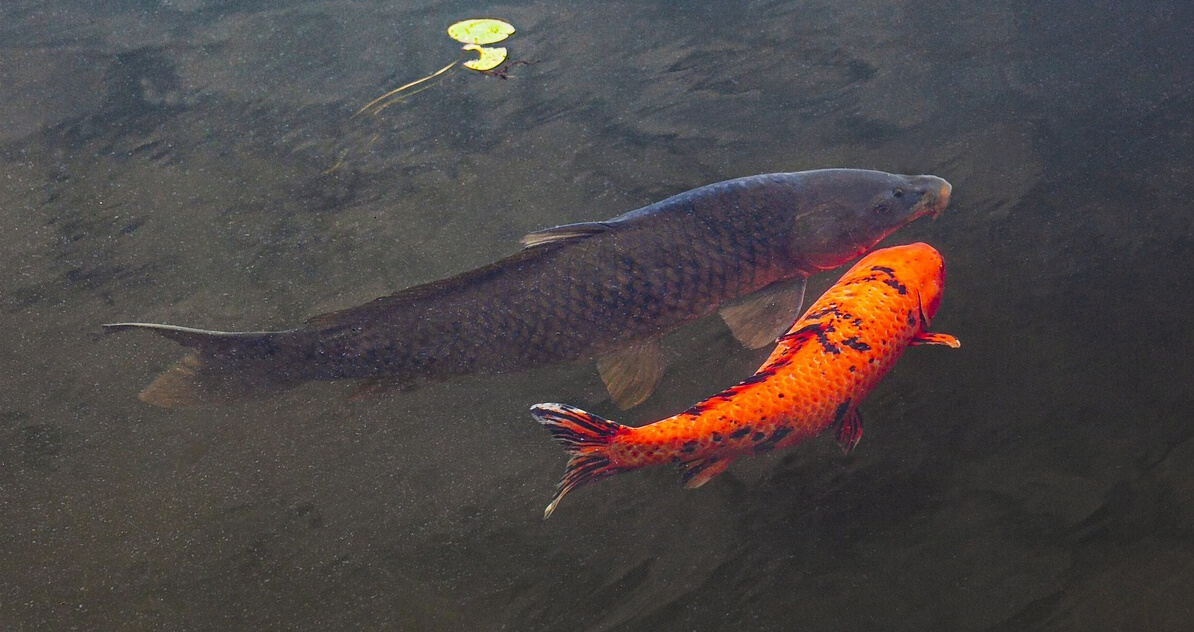
This fish is quite thermophilic, but it does not make any special claims to the saturation of water with oxygen and its purity. Crucian carp can feel great and reproduce happily even in a polluted industrial reservoir. True, he does not like currents: his element is stagnant water, an abundance of vegetation and, preferably, a muddy bottom. If this representative of the freshwater ichthyofauna settles in the river, then it avoids the current, preferring to inhabit dams and other places where water movement is minimal.
Crucian carp is a famous glutton: its usual food is algae and phytoplankton, as well as insects, larvae, crustaceans, molluscs, worms – in a word, it will never go hungry if it does not breed too much in a small reservoir. In addition, he is a recognized champion in vitality: he can go without water for a long time and continues to fight for his life even in the hands of the mistress cleaning him.
Seasonal features of catching crucian carp
Catching a crucian carp in winter is an almost impossible task, especially in an unfamiliar body of water. In the first ice and during thaw periods, there are some chances for especially stubborn jig fishermen who have information about the location of wintering pits. If you have an echo sounder, the chances are significantly increased.
In spring, crucian carp begins to show some activity when the water reaches a temperature of 8-10 o C. Before spawning, in the middle lane, in April-May, it begins to eat, which temporarily stops during spawning. Then the crucian carp again begins to graze actively, preferring food of animal origin. In the spring, he often goes to flooded meadows and generally spends a lot of time on the shallows, where the water warms up best. You can fish it at shallow depths near the coast during the day.
In summer, the water warms up, and large individuals go deeper, reaching the coastal thickets only during periods of appetite, although at depths over 3 m, crucian carp is rare even in the heat. At this time, fishing for crucian carp with a float rod is quite effective, while in the daytime the most effective are bottom gear in all forms. Night fishing can also reward you with a good catch, especially in very high daytime temperatures. At this time, food of plant origin predominates in the crucian carp menu, which must be taken into account when choosing baits.
In autumn , as the water temperature decreases, the crucian carp again gradually becomes a “meat-eater”. In September he still bites quite well, in October – much worse, in November fishing turns into a completely hopeless occupation.
Most popular gear
If we talk about catching small specimens , then you can not be too smart with the equipment and the selection of baits: in the summer, in the morning hours, the small crucian literally rushes to everything proposed, especially if you choose the right place and correctly feed.
Large individuals are much more careful – they do not even swallow the bait immediately, therefore, it is recommended to use rather delicate equipment to catch trophy crucian carp. At the same time, special attention is paid to the choice of a promising place and the preparation of gear. In this case (especially when using a feeder) we are dealing with a process similar to carp fishing, albeit in a simplified version.
All types of tackle permitted by law are used for fishing, without any special nuances. The range of baits and lures is also wide enough, and you can get by with cheap homemade baits. In general, this is an ideal option for starting the journey to big fishing: even a green beginner can catch a good specimen with a float rod with a fly rod. The classic carp rod and elastic band are somewhat specific options, also not particularly difficult to implement, but devoid of dynamics. But feeder gear requires some experience, so it’s definitely not worth recommending them for the first time.
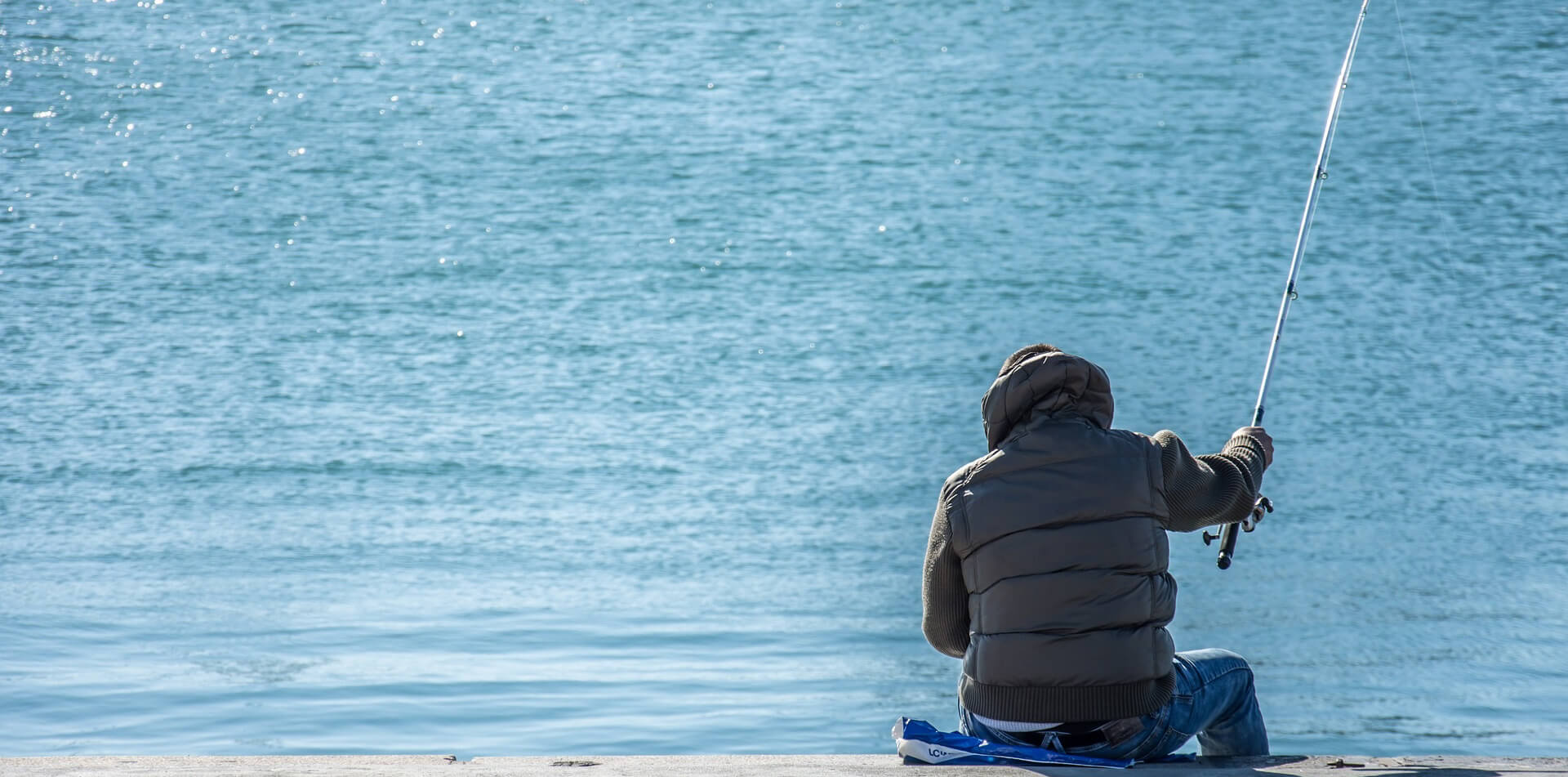
Float rod
If you remember about the passion of crucian carp for “grazing” in coastal thickets, you can understand why fishing with float equipment can be effective even from the shore. The classic option is a fly rod up to 6-7 m long, it can be equipped with a rig through a connector or with guide rings in the manner of a telescopic rod. The second option requires the use of a reel, and the inertia-free is already a delight, a fairly simple inertial model. There are no special requirements for the rod: fishing for crucian carp cannot be called too dynamic, so the subtleties of the type of action and dough are not fundamental in this case.
Fishing from a boat brings very good results, especially on large water bodies. In this case, the islets of vegetation, distant from the coast, deserve special attention: they are quite visible from the boat. In this case, there is no point in fiddling with a long rod, because you can swim close to the thickets. The main thing is not to confuse the rig when playing.
The use of matches in this case is appropriate only if the angler knows the bottom relief of the reservoir. It makes sense to carry out casts in the places of bottom anomalies, paying special attention to the holes.
Feeder tackle
It is worth catching crucian carp with a feeder if you have any experience in this area. By the way, this will be a good workout for a future carpfisher. In this case, as in the variant with a match, a preliminary study of the bottom relief for anomalies is mandatory .
The best option would be a blank with a length of up to 4 m, with a soft quivertip and a dough up to 100 grams. Not so stringent requirements are imposed on the coil: special strength, capacity and the presence of a freespin reel are not required, since the crucian usually does not grow too large.
A braid is used as the main line (0.12 mm is quite enough), preferably merging in color with water. It is complemented by a monofilament leader, but you can also use fluorocarbon. The most promising is fishing using feeders ( springs , methods, nets in various variations). The traditional carp tackle also demonstrates itself quite well – the top hook , however, it is better to pick up smaller hooks. The most popular are inline installations: they are not only easy to perform, but also roughen up the rig to a minimum.
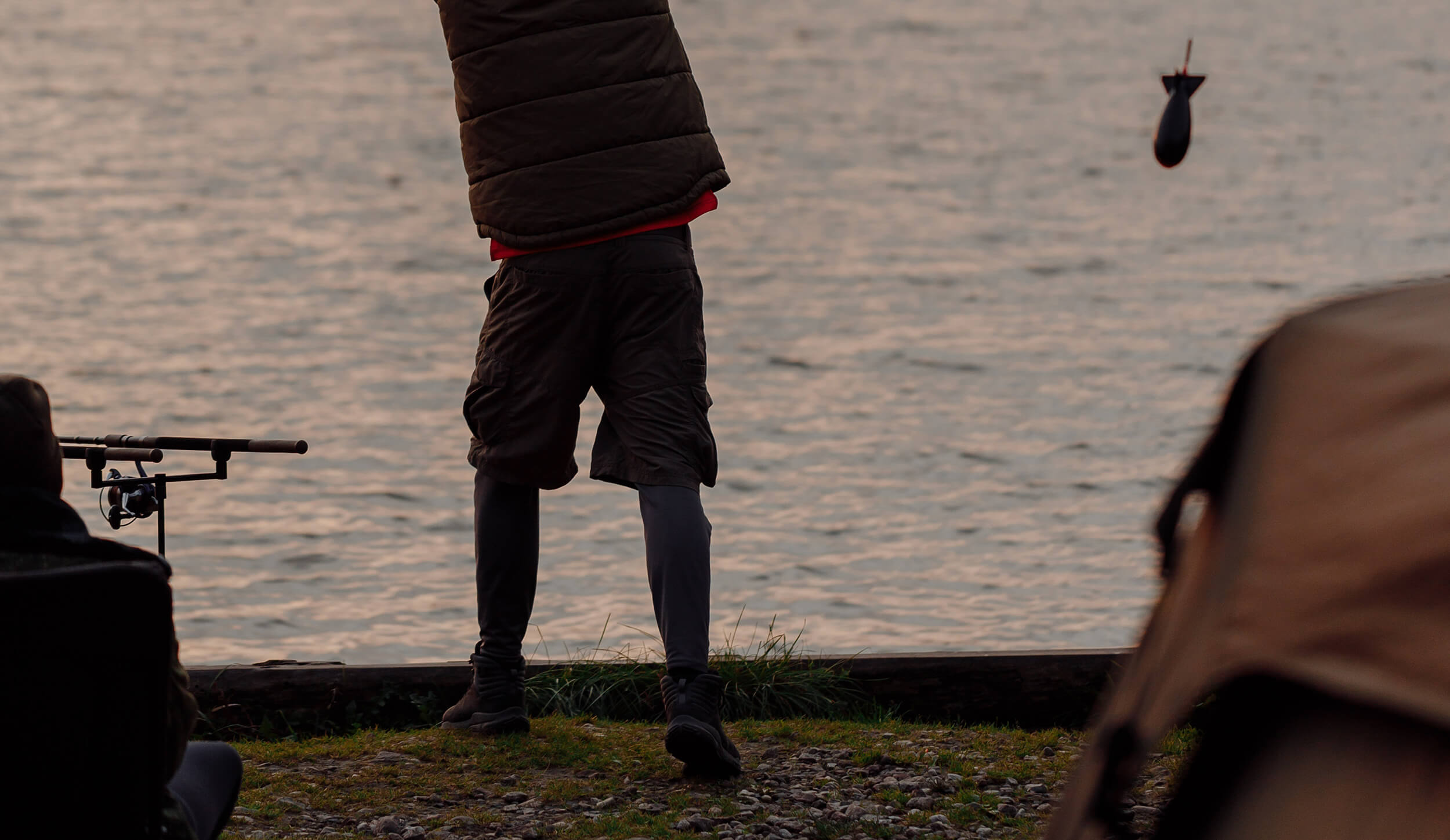
Bottom gear
The classic carp fishing rig does not need any special adjustments: everything is as usual, without any special nuances. In the budget version, you can do with a monofilament with a diameter of 0.2 mm as the main line. On it, you should make loops for attaching the leashes with a step of about a meter, fix a sinker at the end. The length of the leash should not exceed half a meter, and the hooks must be equipped with foam balls, otherwise the nozzle will simply sink in the silt.
Do not forget that when casting a bottom rod, you should choose places free of vegetation. It is better to put a classic bottom rod at night and count on self-catching, because each bite is the extraction of the tackle and the subsequent casting with a sufficiently noisy splash that can scare the fish away from the fishing site.
The bottom rod rubber is a more modern and easy-to-use variation of the classic tackle. Its difference lies in the presence of a rubber shock absorber that is mounted to the main cord (in this case, it is better to use a braid). The cast is made only once, then the tackle is removed from the water and returns to the place noiselessly, due to the shock absorber in the form of a rubber band-model. Thanks to this, you can catch crucian carp with it constantly, at any time of the day. In this case, you can equip the rubber band with a bell-signaling device, and mount the leashes through carabiners and swivels, with locking beads.
An intermediate option between a feeder and a classic donkey is a tackle with a rod equipped with a spinning reel (cheaper “inertia” devices can be used, but this complicates the process of casting and playing fish, especially large ones). In this case, you can use a budget rod of any class and ordinary monofilament, because crucian carp over a kilogram in weight is already a rarity.
Bait for crucian carp
Fishing is not very promising without competent bait in modern conditions. The exception is reservoirs, where there are already places that have been fed during the season.
Ideally, you should start baiting the fish a couple of days before fishing, hanging mesh bags with the feed mixture in the water, or simply delivering it to the bottom of the reservoir regularly, but in small portions. An option for the lazy is to simply sprinkle fish feed in the selected area. Before the actual fishing comes the turn of massive feeding: rather weighty and large balls of the mixture are delivered to the casting zone. Regardless of the presence of a current and bottom structure for crucian carp, it is better to prepare complementary foods with a sufficiently viscous consistency. It is reasonable to add soil from the same reservoir to it: crucian carp loves to dig deeper into the soil.
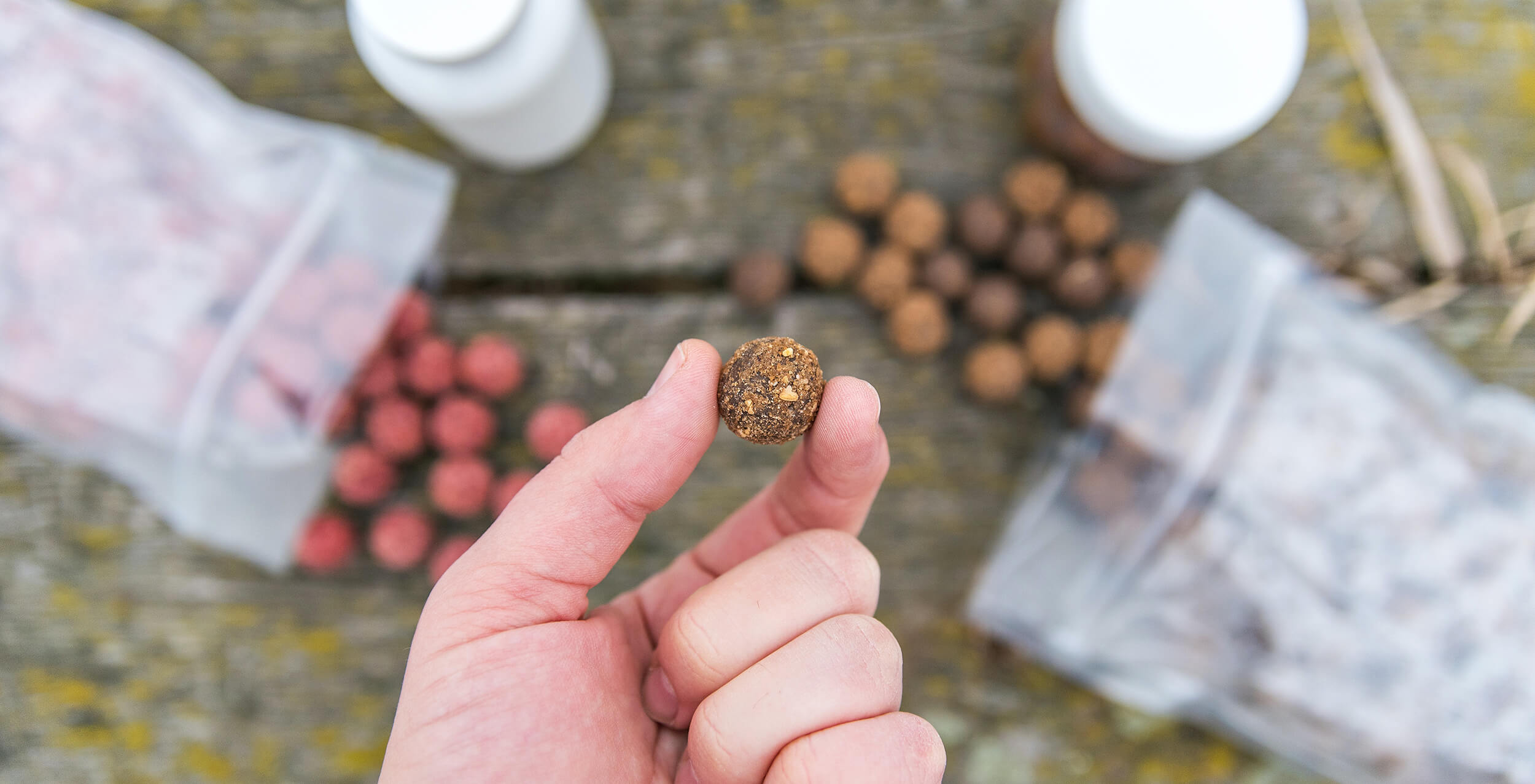
During fishing, it is recommended to toss small balls of groundbait into the area near the float. When fishing at long distances, it is advisable to use equipment that provides for the installation of feeders: in other ways, it is difficult to deliver the mixture to the desired point with minimal sound effects.
The correct bait for catching crucian carp is made on the basis of bulk fish compound feed. Normal, for livestock, is not very suitable: decomposing, it poisons the reservoir. All kinds of cereals are used as a large fraction. The mixture can be quite complex in composition: bread, flour, ground crackers, cakes, peas, and so on are added to it. When fishing in a pond with clear water, it is worth adding a little milk powder to the composition as an auxiliary ingredient to create a cloud of turbidity.
It is worth talking about attractants that attract fish to a fishing point from afar. As they can be used vanillin, unrefined vegetable oil, honey, anise, valerian, and so on. The use of commercial formulations with fruit and sometimes animal aromas also gives good results. The main thing here is not to overdo it: the excess smell can scare off the fish. It is worth remembering a simple law: the warmer the water, the faster and more intensely odors spread in it. Therefore, in the spring and fall, you should add more flavor to the mixture than in the summer.
Nozzles
You can catch crucian carp using baits of animal and plant origin . The use of artificial baits in this case is already somewhat exotic.
When fishing in cool water, it is rational to shift the emphasis towards animal baits . Crucian carp is very fond of dung beetle, but will not refuse other representatives of earthworms. Maggots, bloodworms and other larvae of various sizes and degrees of softness are very to his taste.
From vegetable baits , boiled barley flavored with unrefined vegetable oil, dough, steamed cereal grains, star pasta , peas and corn (canned from a can) are excellent . Carp boilies of various compositions also show themselves well, and it is better to choose small balls. For float fishing, it is reasonable to take boilies with negative or neutral buoyancy, for bottom gear – with positive, in order to avoid burying the hook with a nozzle in the silt. Hair accessories can be used, but there is no urgent need to do so.
If you do not know what to catch for crucian carp in a particular body of water at a given time, you can use dissimilar baits in tandem: maggot-corn, worm-pearl barley, and so on. In the rigging of a float rod, you can use assemblies with two leads and different baits, but for bottom rods and feeders this option is even more natural.
Search for a promising place
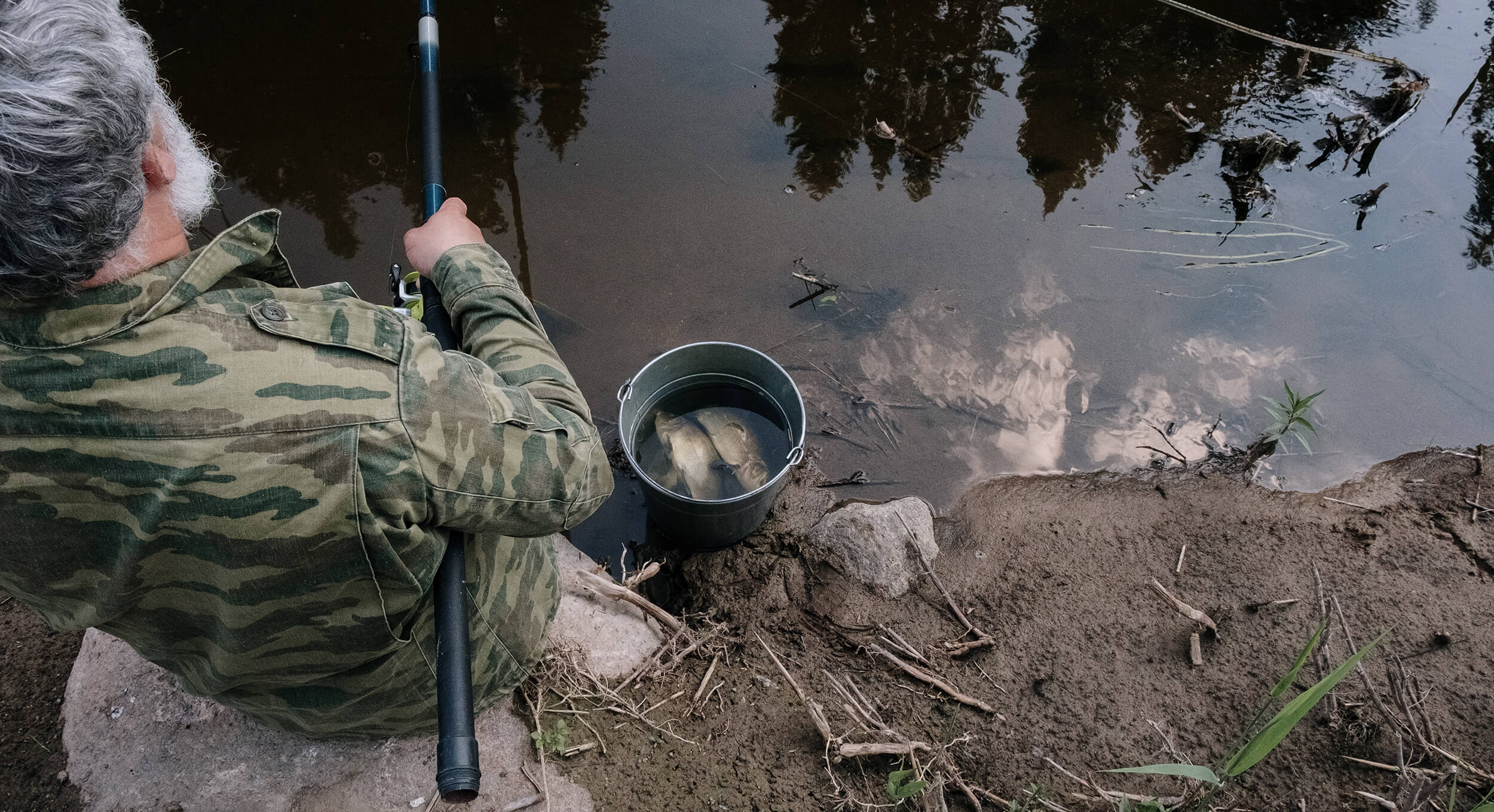
Crucian carp is found almost everywhere, so any more or less suitable pond can become a place for fishing, if, of course, the fish in it have not been poisoned before or passed with a net from coast to coast. A marker of the presence of large specimens in the reservoir is the presence of a predator: it reduces the carp population to reasonable limits, thereby reducing food competition.
When choosing a promising location , preference should be given to silted areas. In rivers, these are oxbows and creeks, where the current is practically not felt. In the spring, you can even fish in flooded meadows! During this period, fishing a couple of meters from the shore, near the upper edge, literally at a meter depth, can be effective.
In any season, fishing for crucian carp in the thickets is relevant : casting should be carried out right near their border with clean water. A promising option that can be crowned with the capture of a large specimen is fishing with a point casting into a window of clean water, surrounded by vegetation on all sides.
Such a window can also be created artificially, with a view to the future, the day before fishing (it can even be in the evening, before the morning gluttony). By the way, experienced fishermen widely use this method, not cutting down, but trying to uproot sedge and cattail (you can use a shovel). In this case, another task is immediately carried out – baiting the fish into the fishing point, and without additional bait. The fact is that the dug-up bottom of the reservoir is literally teeming with animals attractive to crucian carp, so there is a full house there.
Biting crucian carp
Crucian carp cannot be called too meteorological, but like any fish, it does not like sudden pressure surges. However, it happens that he shows a remarkable appetite and promiscuity on the eve of a thunderstorm. Crucian carp is also well caught during a light rain, and after the sky clears up, the bite can completely disappear, as it was cut off.
In summer, the most promising are the early morning hours, twilight and even night, and in the dark, the chances of catching a really worthy specimen increase. In extreme heat, you can sit for long hours waiting for a bite, but you can leave with nothing.
When approaching a flock of small crucians (with a palm or less), an active bite is observed, and high competition for food leads to pronounced bites. A typical bite of this fish is expressed in a sharp departure of the float to the side with a deepening. Also, crucian carp can drown the float or lay it out in the manner of a bream. In this case, you should hook the fish immediately: the hook with a nozzle is already in its mouth.
Large crucian carp rarely shows such zeal and indiscretion. He approaches the bait carefully, examining it and slightly tasting it. In this case, the main thing is to guess the moment when he will swallow the bait, although this cunning man can spit it out at the slightest jerk.
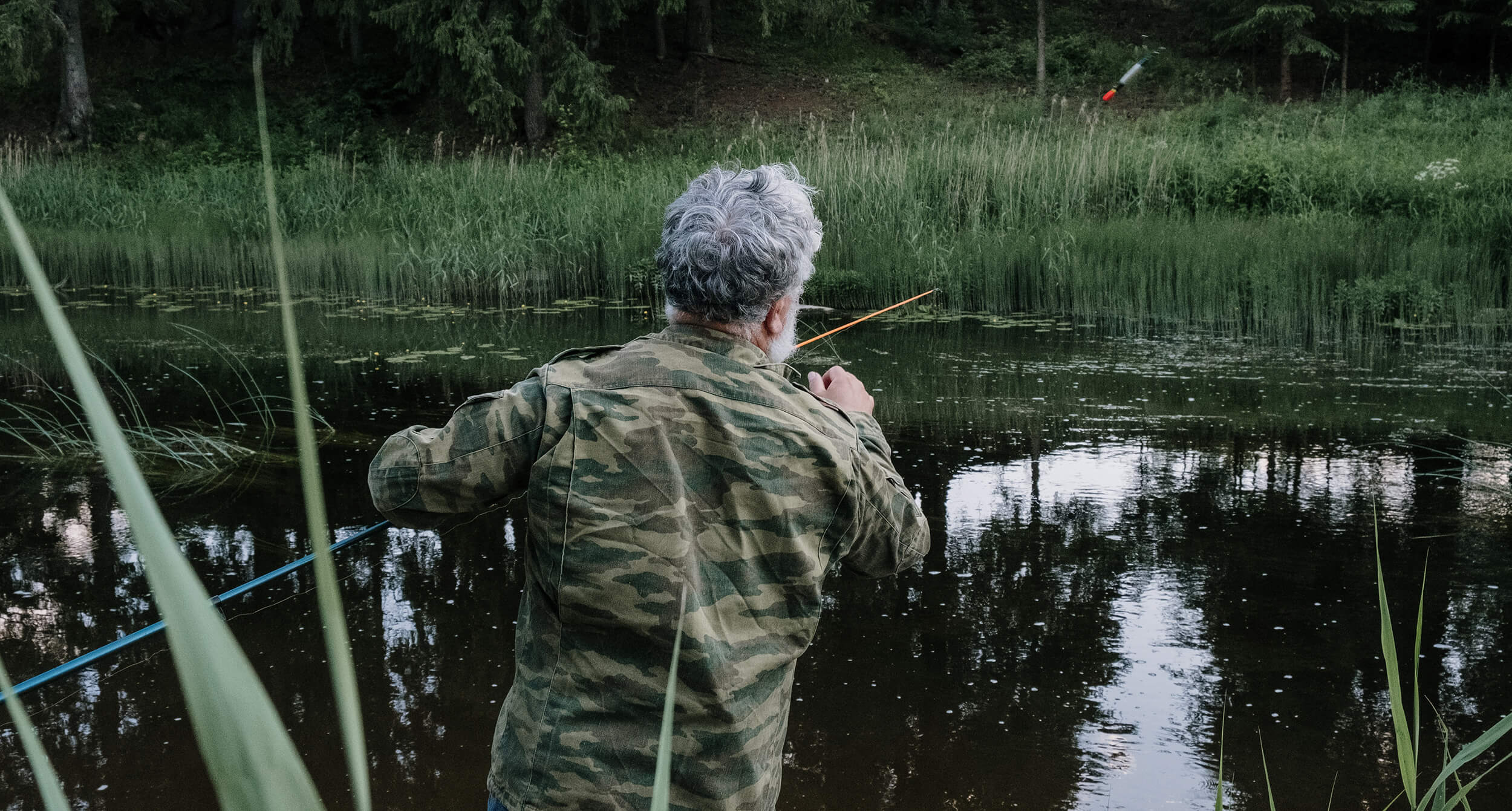
Tips for beginner anglers
Finally, let me give you some advice for novice anglers:
- Remember your own comfort . Fishing should be fun, so try to equip the fishing spot with maximum comfort: take a folding chair with a backrest with you, do not be too lazy to drive in rod spears, place the lures right next to you.
- Protect your eyes and body . Rubber boots, a windbreaker, a light waterproof raincoat, a hat – this is important in any weather and fishing conditions. Also, take care of insect repellent and eye protection from sun and glare.
- Don’t buy expensive gear from the start . To catch crucian carp, expensive tackle is not particularly needed: if you do not have an impressive budget, it is reasonable to limit yourself to a minimum in the middle price category.
- Use commercial groundbaits at first . It is very difficult to prepare the correct groundbait on your own, having absolutely no experience in this matter. For the first experiments, a ready-made mixture is better suited, which should be prepared strictly according to the recipe indicated on the package.
- Don’t be discouraged by the lack of bite . If the crucian does not bite, try changing the fishing spot and experimenting with baits. To no avail? Well, you’ve enjoyed being in touch with nature, and that’s good. Next time you will definitely get lucky!
When going fishing, always take a landing net with you. It is not a fact that you will be able to fish out a trophy specimen this time, but think how it would be a shame to miss it due to the lack of a landing net. You need to be ready to catch large fish at any time. And we wish you had as many such moments in your life as possible!

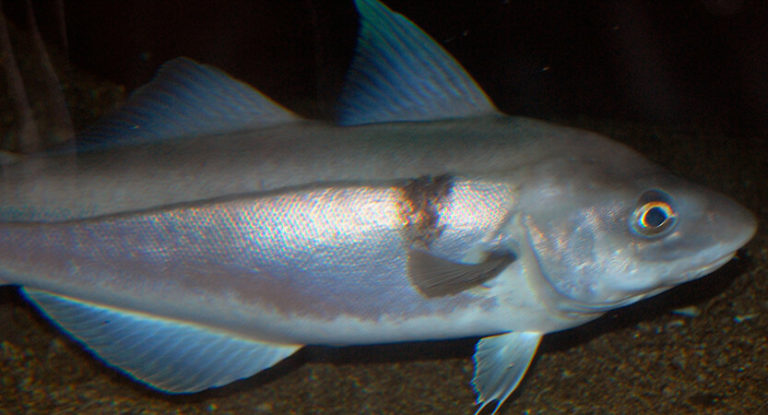
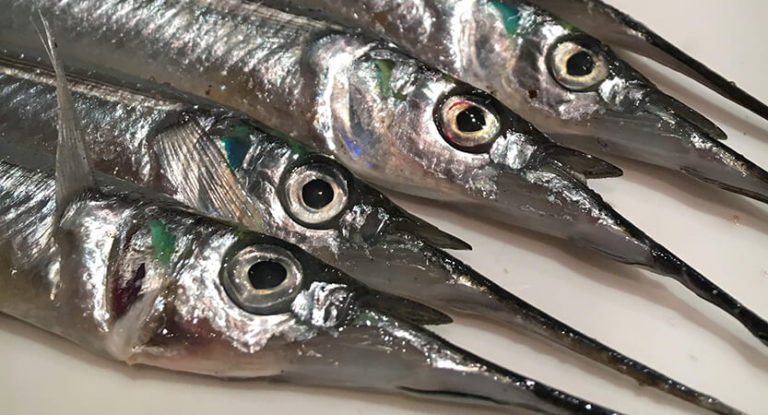
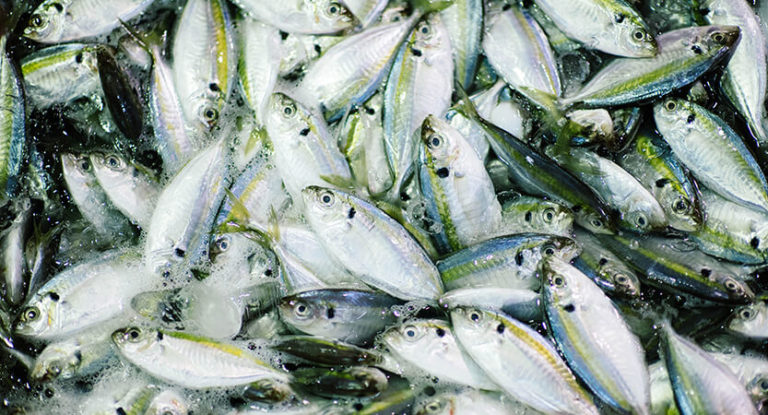
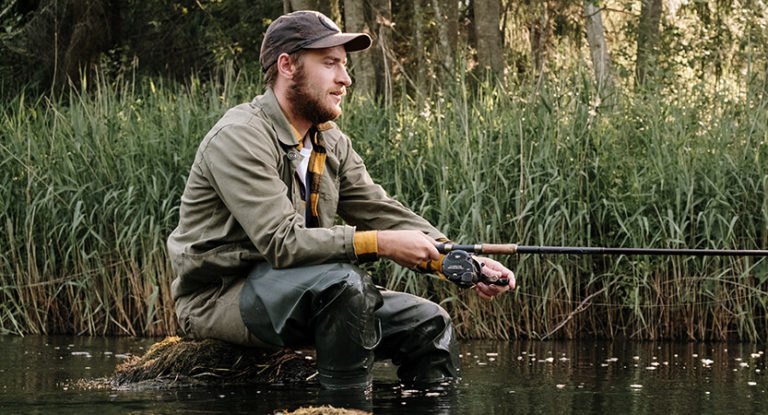
![The 10 Best Fishing Bobbers in 2023 [Tried & Tested] 11 The 10 Best Fishing Bobbers in 2023 [Tried & Tested]](https://trizily.com/wp-content/uploads/2022/03/best-fishing-bobbers-768x768.jpg)
